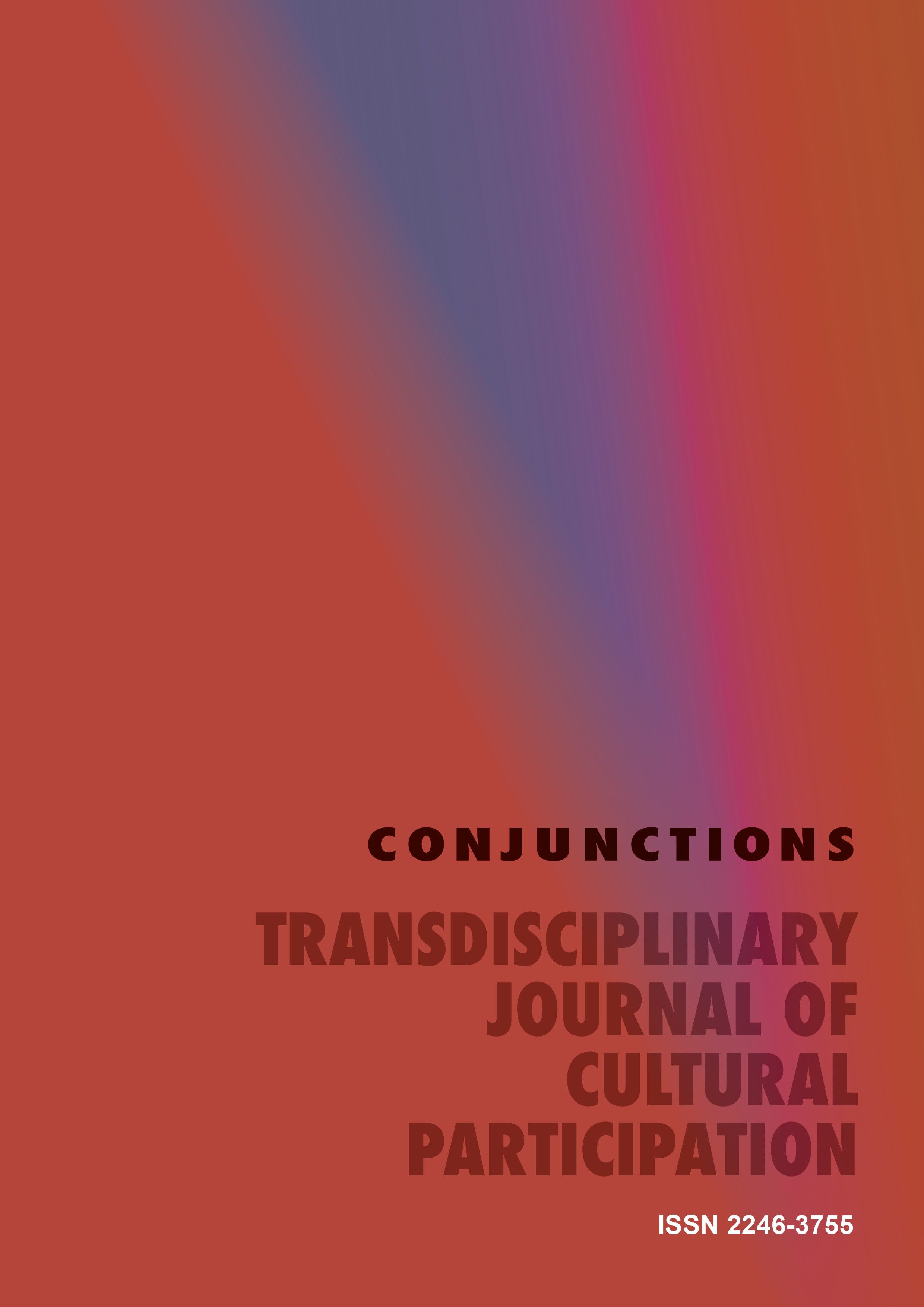Editorial: Experiencing participation
DOI:
https://doi.org/10.2478/tjcp-2024-0001Abstract
While participation unfolds as an object of study in its own right across a variety of social practices, sectors, and disciplines, its experiential dimensions are underexplored. This is the case both when we understand the concept ‘experience’ as a demarcated intense and sensuous state/rupture and when we use it to designate the various ways that humans perceive and make sense of the world around them. Since the influential work by Sherry Arnstein (1969) and Carole Pateman (1979), much of the research on participation has dealt with how democratic values or motivations are met (or not met) in participatory initiatives within fields like public services, policy, digital media, and cultural institutions. Here we find categorizations like full/partial or true/fake participation, as well as critiques of participation for being either symbolic, tokenistic, or manipulative – or, as in Nico Carpentier’s distinction between access, interaction, and participation, not qualifying as participation at all (2012). Much of the research has developed conceptual frameworks on the different spaces, power imbalances, and framings of citizens in participatory processes (White, 1996; Cornwall, 2008; Kelty et al., 2015), or more practical guidelines on how to facilitate these processes in ways that pay attention to citizens’ interests and voices (Simon, 2010, 2016; Blanche, 2014). Alongside these investigations, some studies have focused on the outcomes of participation: the transformation of traditional institutional practices and discourses, and the challenge of established distinctions between professional and citizen, or between expert and lay knowledge (Byrne & Morgan, 2018; Eriksson, Stage & Valtysson, 2020).
Processes and outcomes, as well as consensual or dissensual values, are of course also experienced by the people who face, produce, and/or facilitate them. But much research is based on the point of view – and, to whatever extent they are realized, the participatory intentions – of institutions, organizers, experts, and professionals rather than on the perspective of citizen participants. Theories and empirical studies rarely explore the complex interplay between participation and experience. We therefore know little about, for instance, the differences between the experience of participating in a concert audience or crowd and the experience of a shift in power balance and influence – or between the experience of top-down facilitated and bottom-up self-organized participation. We also have limited knowledge of how the experience of participation changes over time, or of how various experiences of participation link to one another. Does repeated experience of participation, for instance, create expert participants? And what are the differences between participatory experiences that take place in museums, political movements, local neighborhoods, or social media publics?
This special issue of Conjunctions focuses on these experiential dimensions of participation.
Downloads
Published
How to Cite
Issue
Section
License

This work is licensed under a Creative Commons Attribution-NonCommercial-NoDerivatives 4.0 International License.
Copyright (c)): Author
This work is licensed under a Creative Commons Attribution-NonCommercial-NoDerivatives 4.0 International License.





